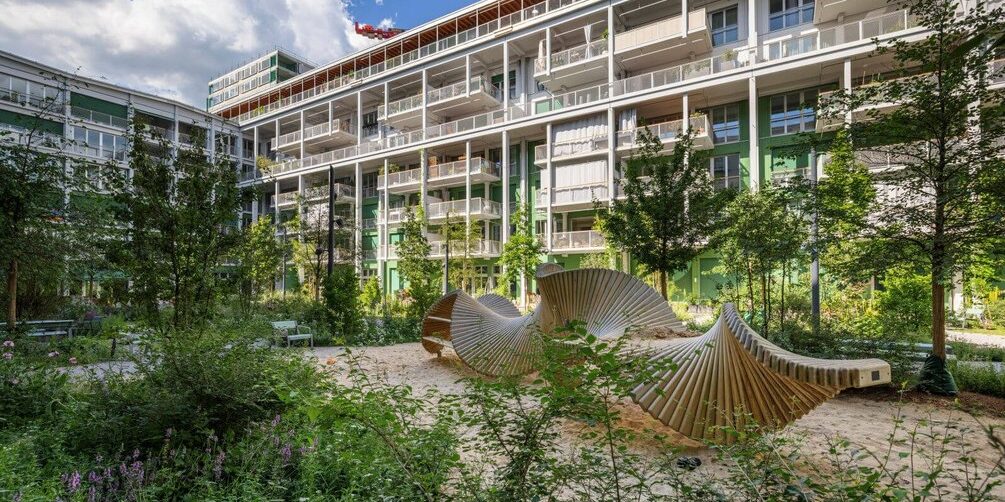How do you develop climate-neutral real estate?

The exponential increase in anthropogenic greenhouse gas concentrations since industrialisation leads to an intensified greenhouse effect. This is causing irreversible damage to natural ecosystems and to our society. Mitigation and adaptation measures are crucial for the preservation of livelihoods and intergenerational equity.
The Implenia Real Estate Division has examined 36 of its own development projects in Switzerland to get to the bottom of the question of how climate-neutral buildings can be realised. From this study, the most important levers for decarbonising buildings over their entire life cycle can be derived, in terms of emissions during construction as well as during operation. These influencing factors have been incorporated into a white paper.
The real estate sector is responsible for around 36% of primary energy consumption and 37% of greenhouse gas emissions. In order to achieve the 1.5 degree target by 2050 set in the Paris Agreement and to reduce global greenhouse gas emissions, decarbonisation must become equally central to the development and construction of real estate.
The analysis of real estate development projects has shown that the most effective levers for decarbonisation can be found in the early planning phase, starting with site selection. If the site conditions are unfavourable from a renewable energy perspective, it is much more difficult to achieve net-zero use. Building parameters established early on, such as shape, compactness, orientation, basement and support structure, also have a significant impact on emissions targets.
“With the right combination of location, design, the use of renewable energies, intelligent systems and ecological materials, we develop buildings in which future generations can live and work sustainably,” says Marc Lyon, Head Real Estate Development Switzerland at Implenia.
Further information at implenia.com/net-zero/